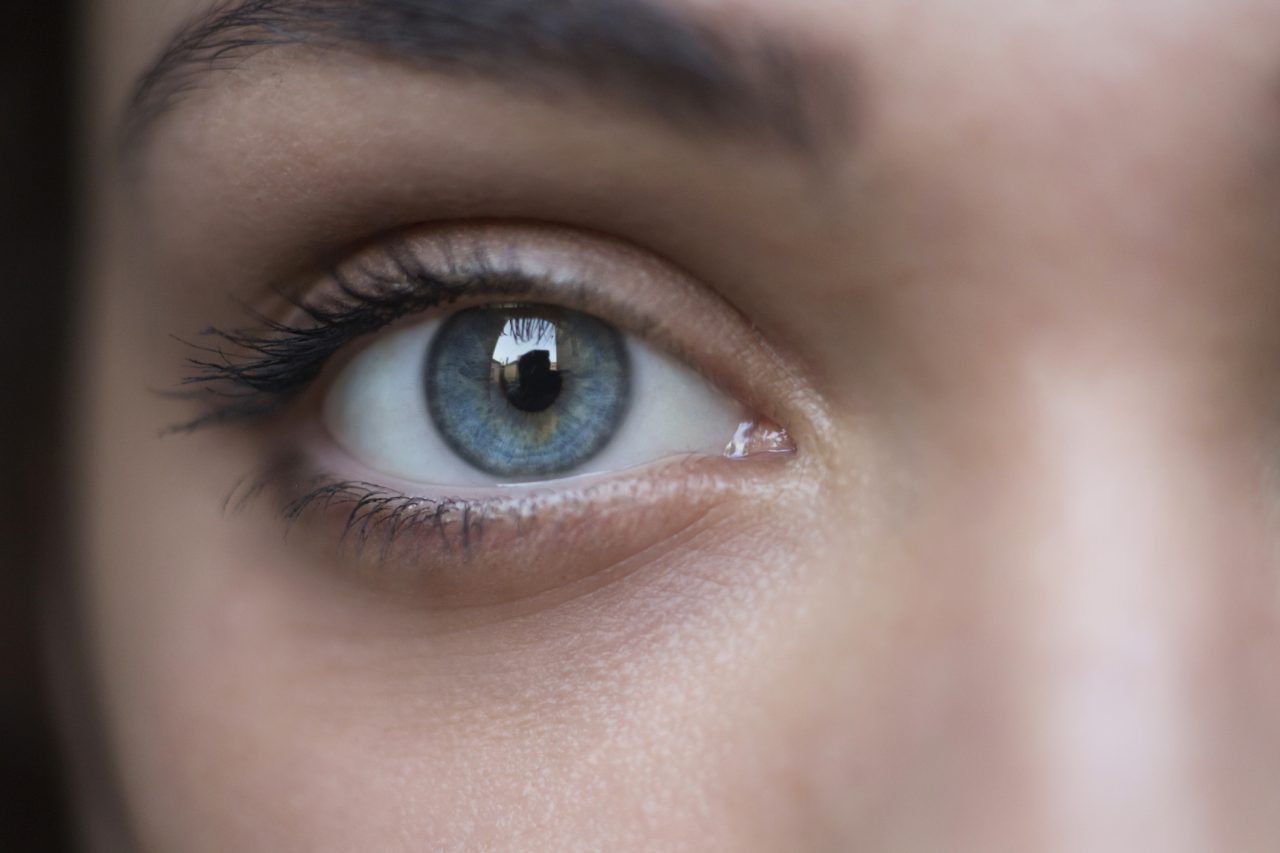FAQ
How to prevent blepharospasm?
While there is no guaranteed way to prevent blepharospasm, managing lifestyle factors can help reduce the likelihood or frequency of symptoms. Reducing stress, ensuring adequate sleep, and avoiding environmental irritants such as bright lights or wind can alleviate potential triggers. Using protective eyewear and practising regular eye hygiene, particularly for those with dry eyes or blepharitis, can also contribute to symptom management.
How much does blepharospasm treatment cost?
Information on the cost of blepharospasm treatment will vary based on the specific therapies recommended. For more details on pricing, please contact The Ezra Clinic directly.
Is BoNT treatment safe?
Botulinum toxin (BoNT) treatment is considered a safe and effective option for managing blepharospasm. When administered by experienced specialists, BoNT injections target specific muscles to reduce spasms without affecting other facial functions. Side effects may include temporary eyelid drooping or mild facial weakness, but these are generally minimal and resolve on their own. The Ezra Clinic’s team uses refined techniques to minimise risks and maximise patient comfort and results.
Is blepharospasm painful?
Blepharospasm itself is not painful, though it can be uncomfortable or disruptive. Patients may experience sensations of eye strain, tension, or heaviness around the eyes due to the frequent contractions. In severe cases, these symptoms can lead to temporary vision impairment, but they do not usually cause physical pain.
Will I need repeat blepharospasm treatment?
Repeat treatments are usually necessary for ongoing relief from blepharospasm. BoNT injections, for example, generally last between three and four months, after which symptoms may gradually return, requiring follow-up injections. Many patients find that regular treatment significantly improves their quality of life.
Is blepharospasm the same as hemifacial spasm?
Blepharospasm and hemifacial spasm are distinct conditions. Blepharospasm involves involuntary blinking or eye closure affecting both eyes and is often due to issues with the blink reflex. Hemifacial spasm, by contrast, affects only one side of the face and is caused by compression or irritation of the facial nerve, resulting in muscle spasms from the eye down to the mouth.
If my eyelids twitch, do I have blepharospasm?
Not necessarily. Occasional eyelid twitching, known as myokymia, is common and often temporary, usually caused by factors like stress, caffeine, or lack of sleep. Blepharospasm is a more persistent, involuntary condition that usually affects both eyes and may require medical treatment. If eyelid twitching becomes severe or persistent, it’s advisable to consult a specialist.
How long does blepharospasm last?
Blepharospasm is generally a chronic condition, though symptoms may vary in intensity. Episodes can last from a few seconds to several minutes, and while treatments can manage the symptoms effectively, the condition itself often persists over time.
Does blepharospasm ever go away?
In some rare cases, blepharospasm may improve or resolve on its own, but this is uncommon. Most patients experience ongoing symptoms that require management through regular treatment. Long-term relief can often be achieved with therapies such as BoNT injections, although permanent resolution is rare.
How common is blepharospasm?
Blepharospasm is a relatively rare condition, affecting around 5 in 100,000 people. It is more prevalent among individuals aged 50 and above and is slightly more common in those assigned female at birth. Despite its rarity, specialised clinics like The Ezra Clinic offer dedicated expertise to support those living with blepharospasm.

